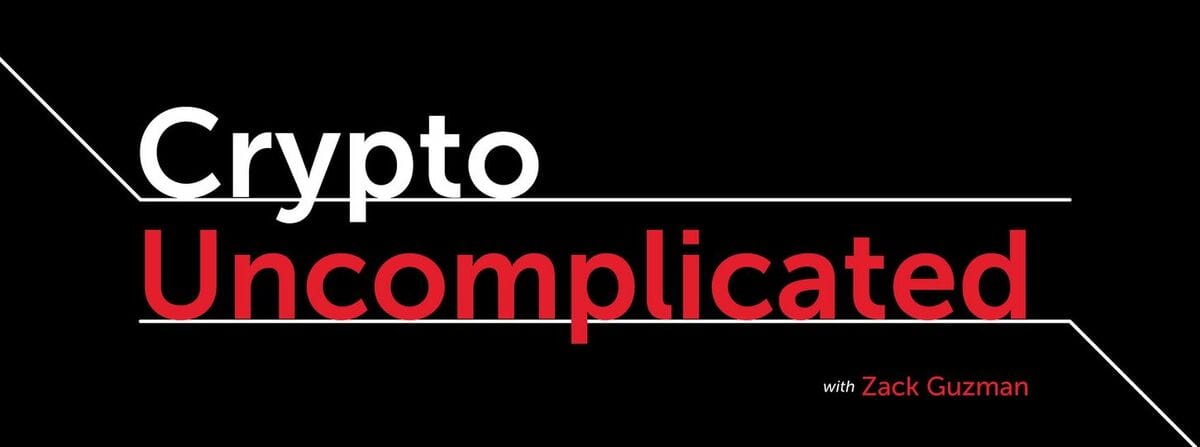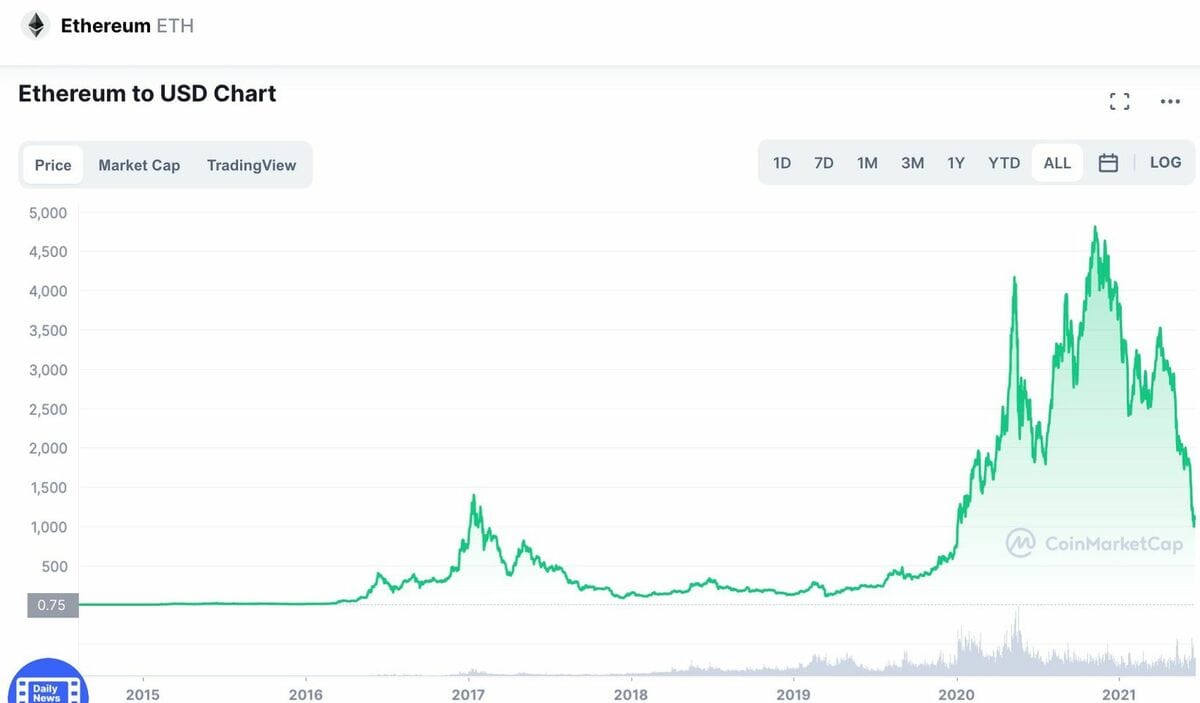- Crypto Uncomplicated
- Posts
- Crypto got knocked down. The fight ain't over
Crypto got knocked down. The fight ain't over
But when can you call a bottom?

Crypto Uncomplicated is a free crypto newsletter distilling all the happenings in the crypto space. Unlock the full experience as a premium subscriber by signing up here.
As far as volatility goes, crypto is usually an incredibly predictable asset class.
Bitcoin largely follows a four-year cycle, triggered by the 50% reduction in mining rewards that's hard-wired into its code dubbed a "halvening." And for the most part in crypto, wherever bitcoin goes, so goes the rest of the cryptocurrencies.
This collapse, however, hasn't really been dictated by that predictable cycle. Nor is it just one factor. In fact, it's been more of a body blow after body blow layered on top of a record reaction by the Federal Reserve to try and get inflation under control.
But before we listen to anyone saying crypto is only down because of the Fed's recent 75-basis-point interest hike (the first since 1994) we should at least call out the self inflicted wounds. I've spent enough time explaining Terra's $40 billion collapse. And last week we saw major crypto lender Celsius lock all customer deposits as they ran into liquidity issues.
Over the weekend, more questions were raised about one of the most well-known crypto hedge funds as it faced liquidations after owning up to losing $200 million in losses in Terra's collapse.
Needless to say, none of this makes for a supportive backdrop. Furthermore, due to the lack of transparency into insolvency risks, there's now even more panic on the part of any retail investors who might have "deposits" at other centralized lenders.

Ethereum has notched a brutal 75% retrace from its 2021 high. (Source: CoinMarketCap)
As bitcoin dropped below $20,000 on Saturday and ether cratered below $1,000 it was only fair to ask: How much lower can we go? Well, if the last bear market in crypto is any indication ... a bit.
Flushing out leverage is most often a painful process. And unlike prior crypto downturns, there were more levered bets made in this run up. All things considered, it would lead me to believe the shakeout might not be over. Thus, if you're looking to "buy the dip" look to make small bites at the apple over time rather than deploying all your dry powder now.
Analysts at Fundstrat, a well-respected research firm, would seem to agree. In a new note, they point out that if ethereum matches its prior downturn in percentage terms, we'd be looking at $870 before all is said and done. Keep in mind, most of Fundstrat's price calls have been overly optimistic. So if that's the best case scenario, look out below.
Over the longer term, however, I haven't seen any analysts come off their stance that crypto is here to stay. If you believe the prior cycles will repeat, bitcoin still hits $100,000 eventually. These next few weeks just become pretty critical in watching where the liquidations stop. Falling knife catcher, beware. As for long-term investors, averaging in and out in small increments never hurts. Volatility will likely bring more bites at the apple. Crypto may be knocked down, but it ain't dead.